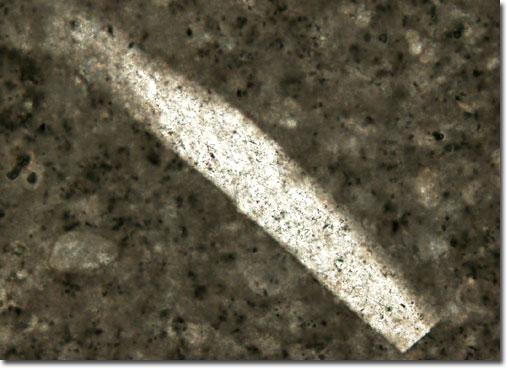|
In nature, chalk usually occurs in extensive deposits, many of which were formed along the bottom of the oceans millions of years ago during the Cretaceous period. In fact the name for this epoch stems from creta, the Latin word for chalk. Deposits of chalk are primarily comprised of the calcareous shells of foraminifera, which are a type of marine protozoa, but also the shells of diatoms, radiolarians, and similar organisms, as well as sponge spicules. In some areas, geological activity has shifted these massive accretions of chalk out of the sea, most notably in Dover, England where the famous white cliffs are located. Other significant chalk deposits can, however, also be found in France and the United States.
|
